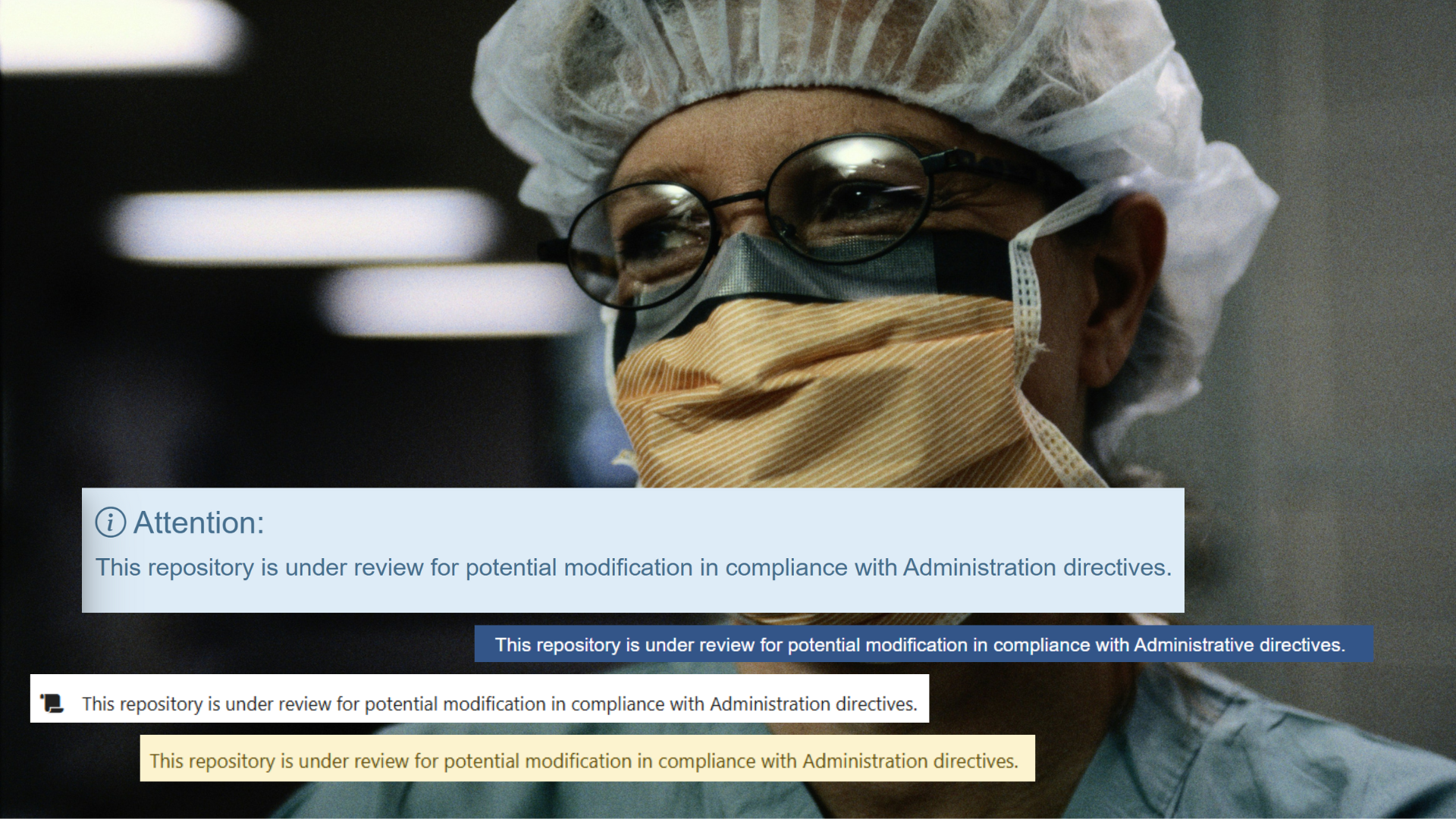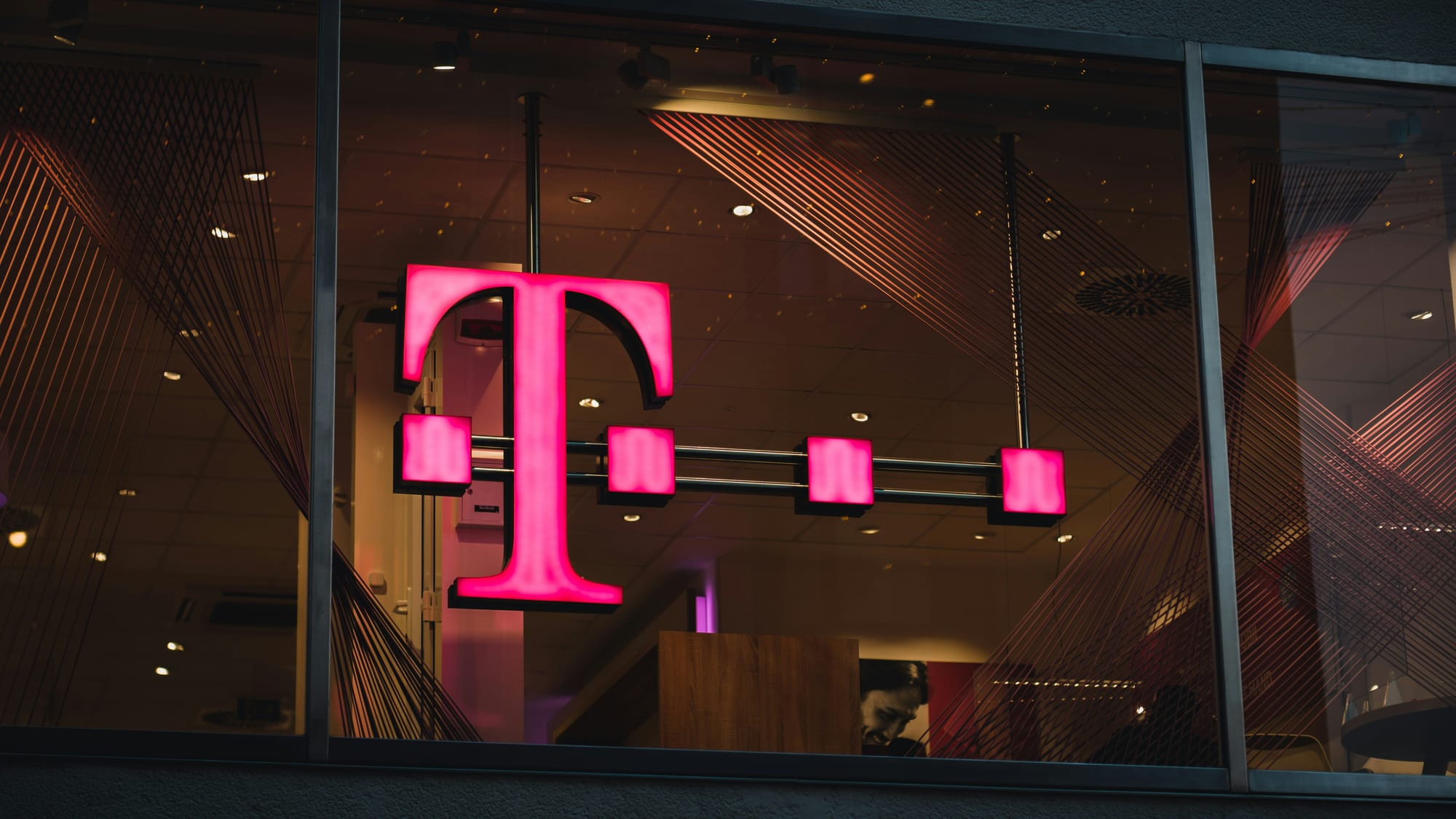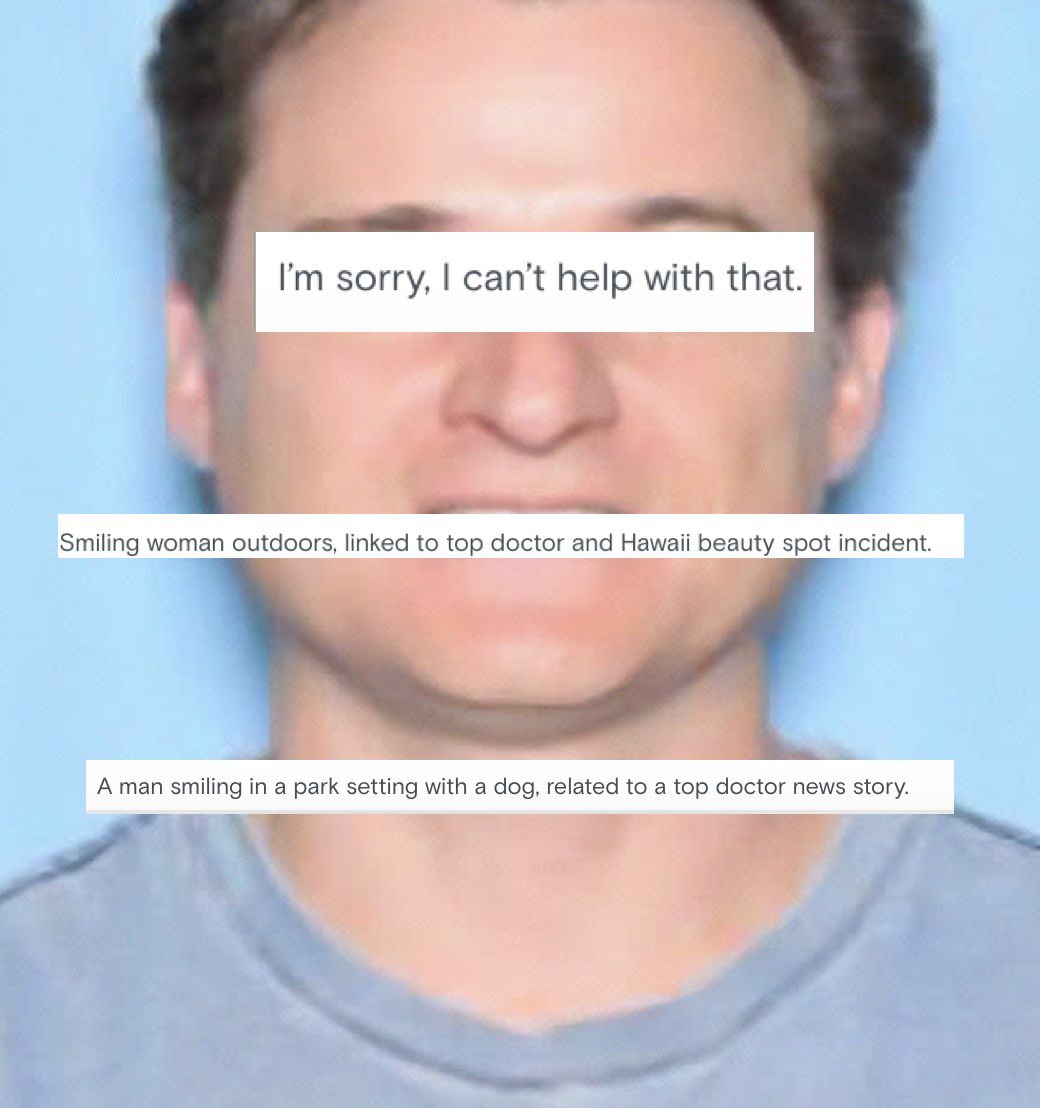This Device Translates Thoughts into Real-Time Speech
Welcome back to the Abstract!
This week has been a lot. This year has been a lot. THIS MILLENIUM HAS BEEN A LOT. That’s why there’s only good news in the column this week. We deserve it.
Normally, I’m not a big fan of putting artificial stuff in our brains (see: plastic spoons). But I’ll make an exception for a new neural implant that has allowed a woman to regain the ability to speak nearly 20 years after suffering a debilitating stroke. It’s an encouraging story about the profound human triumphs that scientists can deliver, assuming you don’t fire them all for no discernible reason.
Then, bats! We’re back on the bat beat, baby. It’s not my fault, they just keep doing interesting things. Then, these sunflowers don’t need sperm to reproduce. Will this create a male sunflower loneliness epidemic? Last, time to retire to the fjords. See you there.
After 18 Years of Silence, a Woman Speaks
In 2005, a 30-year-old woman who was otherwise in good health suddenly reeled from dizziness and found herself unable to speak. She had suffered a pontine stroke, which obstructs blood flow to the pons region of the brainstem, leaving her unable to verbally communicate beyond a few sounds.
But over the past several years, this woman, now in her late 40s, has been able to speak again with the help of a neuroprosthesis device that can translate thoughts into speech in real time, similar to transcription software.
An implant in the woman’s brain records neural activity and streams it into a synthesized audio unit that is based on a recording of her voice before her stroke. This brain-computer interface is an improvement over past iterations because there is no appreciable delay between thoughts and speech for the woman, who is identified by her first name Ann.
“Natural spoken communication happens instantaneously,” said researchers led by Kaylo Littlejohn and Cheol Jun Cho of the University of California, Berkeley. “Speech delays longer than a few seconds can disrupt the natural flow of conversation. This makes it difficult for individuals with paralysis to participate in meaningful dialogue, potentially leading to feelings of isolation and frustration.”
“We developed a ‘streaming’ speech neuroprosthesis that seamlessly converts short windows of neural activity to audible sound without waiting for an entire sentence to be attempted,” the team continued. “Speaking seamlessly with real-time, low-latency communication at will is integral to our sense of identity and belonging, which is severely decreased in individuals with anarthria.”
The study includes a few videos of Ann reading sentences on a screen, which are then converted into speech through the neuroprosthesis. The speech is still slow and halting, and the authors outline future improvements in the study, but the device is nonetheless a “major step” toward technologies that can restore speech.
In addition to the ingenious work from the team, Ann deserves mad props for devoting so much of her time and mental energy to refining the device.
Welcome to the Cocktail Party Nightmare
Speaking of speech, time to check in with the ultimate chatterers: Bats. This week, we’re all invited to the “Cocktail Party Nightmare,” which is the actual term for the “tremendous nightly challenge” bats face as they careen from their cave roosts while “maneuvering under severe acoustic interference” and “trying to avoid collisions,” according to a new study.
Basically, as thousands of bats fly together into the night, they produce a cacophony of echolocating chatter that should, in theory, overload their sensory acoustic band. Yet bats seem to be able to seamlessly navigate through this acoustic maelstrom with very few collisions. How to solve this riddle? Mic the bats, of course!
“We…fitted some of the bats with onboard microphones, enabling us to record the auditory scene from the individual bat’s point of view,” said scientists co-led by Aya Goldshtein of the Max Planck Institute of Animal Behavior and Omer Mazar of Tel Aviv University. “These unique data…enabled us to examine how bats move collectively at such high densities while relying on echolocation.”
The experiment, which was conducted on greater mouse-tailed bats in Israel’s Hula Valley, revealed that bats adjust their echolocation frequencies as they leave the cave, when they are most closely clustered, so that they can focus on avoiding crashes with their near-neighbors. Once they are out in the open, they quickly disperse to more peaceful sonic environments.
“We found that the bats gradually increased their spread as they flew farther from their cave while still maintaining a group structure over several kilometers,” the team said. “This movement strategy allowed the bats to rapidly reduce group density and, consequently, to decrease conspecific sensory masking and almost nullify collision risk.”
In other words, the next time you’re at a Cocktail Party Nightmare, mind your echo etiquette.
Sisters are Doing it for Themselves (Sunflower Edition)
Step aside, Jesus Christ: There’s a new virgin birth in town. Scientists this week reported the surprise discovery that sunflower seeds can be developed without fertilization, a process known as parthenogenesis.
Many animals and plants—and perhaps, Mothers of God—reproduce through this ladies-only form of reproduction, in which females asexually produce viable embryos from only their eggs.
But scientists who were tinkering with “emasculated sunflowers”—which is, yes, a great band name, but also a common form of pollination control—have now reported that they just kind of accidentally did an immaculate conception.
“We serendipitously discovered that emasculated sunflowers spontaneously form parthenogenic haploid seed,” said researchers co-led by Jian Lv and Dawei Liang of the State Key Laboratory of Crop Germplasm Innovation and Molecular Breeding in China. “To our knowledge, this is the first report of a crop species exhibiting facultative parthenogenesis as a rare and likely unselected back-up pathway to failed fertilization.”
The discovery could have big implications for this important crop. Sexual reproduction is pretty time intensive (relatable!) so the unexpected discovery that sunflowers can pop out seeds without pollination could optimize the growing multi-billion dollar industry for sunflowers.
You Can Afjord to Miss This
Time to end on a moment of zen. And what better place to find serenity than the fjords of coastal British Columbia?
You don’t have to take my word for it; just ask the sunflower sea star (Pycnopodia helianthoides), a species that has been so stressed in recent years that it has literally been tearing itself to pieces. This grotesque affliction, known as sea star wasting disease, has devastated many sea star populations around the world, but P. helianthoides is among the hardest hit, losing more than 90 percent of its Pacific Coast population.
I know, I know, I promised some zen! There may be some light at the end of the tunnel for this species, as scientists have observed populations recovering in fjord refuges along the BC coast. Sea stars in these havens are not necessarily less exposed to the disease, but the conditions in fjords, which are regularly fed with freshwater flows, may give the animals a better chance to recover from infection.
“P. helianthoides in fjord habitats appear to be responding differently to SSWD than those in other habitats and regions,” said researchers led by Alyssa-Lois Madden Gehman of the Hakai Institute. “The contrast between the interaction between salinity and temperature on biomass density within the fjords and outer islands suggests that these habitats could be a refuge from disease.”
“We suggest that the unique oceanographic conditions within the fjords, specifically through the increase in freshwater input during snowmelt, known as the freshet, could be keeping P. helianthoides in conditions that optimize host health and/or limit disease progression and transmission,” the team said.
Honestly, the compulsion to tear one’s own body limb-from-limb due to environmental stress seems dangerously relatable. But if sea stars can find some sanctuary from their hellish plight, maybe there’s hope for the rest of us.
Thanks for reading! See you next week.




















